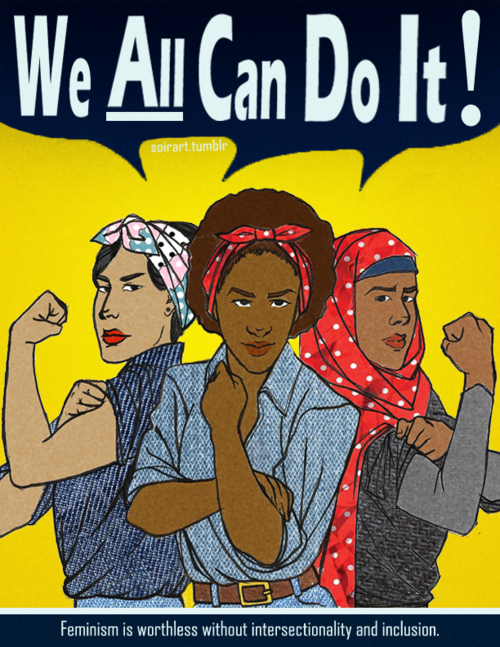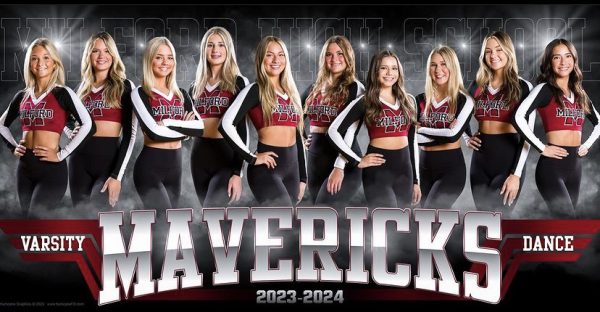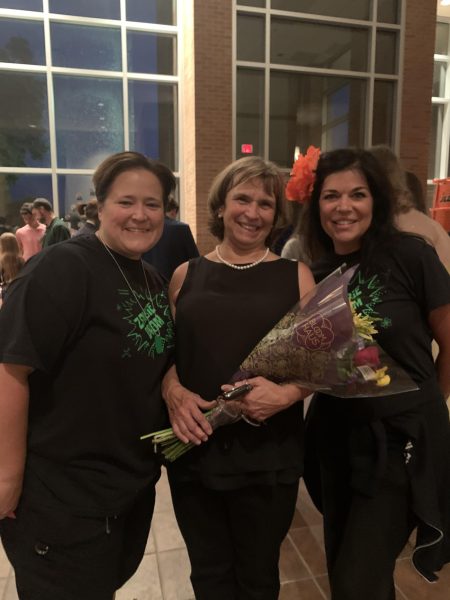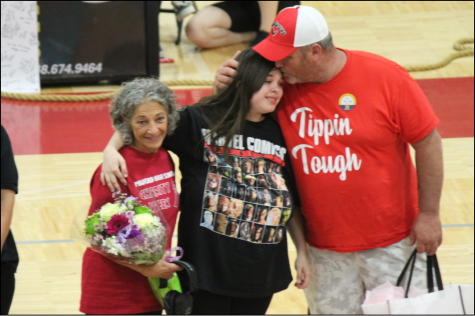The evolution of feminism in America
April 22, 2016
America is the land of the free, but free doesn’t always mean equal. With the wage gap, high rates of sexual assault, and limited working opportunities for women, sexism is not only still present in society, but it’s an issue that isn’t going away any time soon.
From an outside perspective it would seem that women in America have come a long way. Women can vote, have jobs, own property and make decisions in their lives for themselves. Unfortunately, when taking a closer look, sexism is clearly still a serious issue in the U.S.
“I have felt very judged based on my appearance all of my life. I think a woman’s appearance is judged more than a man’s,” said Lauren Johnson, a Milford senior and class president, “Whenever people ask me about my future their first question is always about my plans about my family, I have a lot of plans before I have a family and I have a lot of things I want to do. I don’t think it’s right that people assume my main goal is to have kids.”
The main issues women are facing today are equal pay, victim-blaming, slut-shaming, rape culture, abortion, public breast-feeding, stalking and harassment, sex trafficking and even dress codes. Women today are fighting to be seen as people, not sex objects or sluts and not just as mothers or wives. However, statistics show that many women are still being treated as such.
According to the Rape, Abuse and Incest National Network at rainn.org, on average 293,066 people, ages 12 and older, become victims of sexual assault each year. Sixty-eight percent of these victims will not report the assault to the police and 98 percent of rapists will never spend a night in jail.
Supporters of women’s rights have made tremendous efforts to fight to reduce these numbers, but it has been a long battle. There are three waves of feminism that have taken place in American history. The first wave took place in the late nineteenth century to the early twentieth century, focusing mainly on suffrage.
This demand for political change came from the industrial revolution and liberal and social politics. In 1848 the Seneca Falls convention was the official start of this wave. Three hundred men and women came together to rally for the equal rights for women. Elizabeth Cady Stanton drafted the Seneca Falls Declaration, which outlined their ideology and political strategies.
This movement eventually led to women’s right to vote, ratified in 1920 and gave them their first independent voice away from their husbands and fathers.
The second wave of feminism came in 1960 and lasted all the way into the 90s. The movement became increasingly radical, sexuality and reproductive rights were the main issues. The goal was to pass the Equal Rights Amendment, giving equal rights regardless of sex.
In 1968-1969 feminists protested the Miss America pageant in Atlanta, GA. Calling it a “cattle parade” which objectified women and aimed to keep them domesticated housewives and working low-paying jobs.
A New York group called the Redstockings set up a parodied pageant where they crowned a sheep as Miss America and threw away ‘oppressive’ women’s products like bras, makeup, false lashes, and high-heels.
In 1963 President John F. Kennedy signed the Equal Pay Act into law. The act narrowed the wage gap between men and women, women now make 78 cents to each dollar a man makes compared to the 59 cents women made back in the 60s.
The third movement began in the mid-nineties. Women adopted the notion of ‘Universal Womanhood’, body, gender, sexuality, and heteronormativity. Feminists pushed the fact that it is possible for women to be attractive and have a brain. Putting cleavage ‘on display’ and taking pride in their bodies. They defined femininity for themselves as people and not as objects of an oppressive patriarchy.
It would seem now that a fourth wave is emerging. Modern feminism seems to be more than just about women’s rights, but also for transsexual, cisgendered, and homosexual people.
It has grown to include rights for everyone, no matter what gender or sexuality; meaning not limited to just two genders.
“As a gay individual, I can relate to the feminist movement,” said James Sadler, Milford High School Senior “as women’s rights increase so does the rights for other people, I really just want to see everyone equal.”
In the last few years, actress Emma Watson has started the He for She movement. A movement that gets men and women involved in the fight for equal rights. They stand against and support women in a variety of struggles, including with education, health, identity, work, violence and politics.
On the website, there is a section available for donations. Anyone willing to get involved may choose what issue they want to stand for and find out exactly how to get involved using resources provided by the organization.
Many other celebrities have spoken out against sexism, people like Nicki Minaj, Rihanna, Ariana Grande, Beyonce, Jimmy Fallon and Joseph Gordon Levitt. Having role models in the media advocating for equal rights inspires the people who look up to them to fight for rights as well.
Sierra Milbrath, Milford High School junior says, “Celebrities on social media talk about equal rights to get fans involved in the movement. Seeing and reading about feminism everyday has encouraged me to have my own opinions and to be an independent individual.”
Social media has changed the way news is spread. It has brought the issue of gender equality into people’s homes and their everyday lives.
Before social media, equality was something only radical women fought for through protests and “Man-hating”. Now it has evolved into something that everyday people can get involved in, which has caused a push for the passage of laws in government for equal pay.
So far no official law has been passed but there are protests and many people fighting for equal pay. The fight for equal rights will continue for years until everyone has the same rights.









